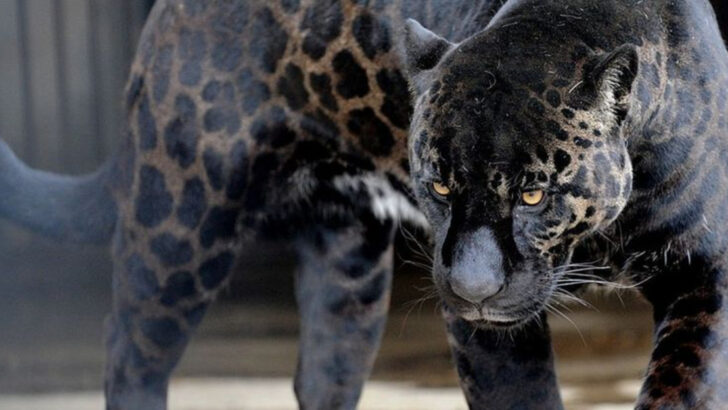Panthers are some of the most enigmatic and powerful creatures to roam the U.S., captivating both wildlife enthusiasts and conservationists alike. These elusive cats, often associated with the Florida panther, are scattered across a handful of states, making them rare but incredibly important to our ecosystems.
Graceful, strong, and stealthy, panthers play a critical role in maintaining balance within their habitats. Yet, their populations are confined to specific regions, making certain states crucial sanctuaries for their survival.
In this article, we explore the sixteen states where panther populations are most concentrated, shedding light on their habitats, the challenges they face, and the ongoing efforts to protect these magnificent big cats. It’s a glimpse into the wild world of panthers and a call to action for their conservation.
Florida
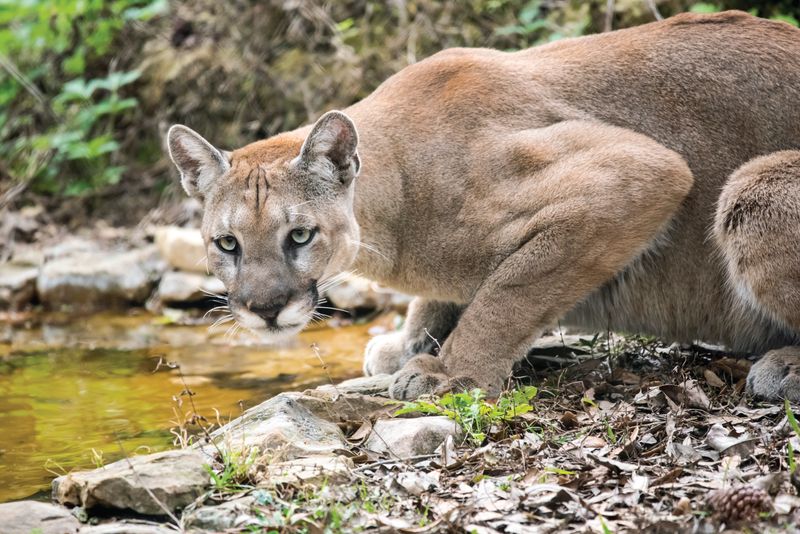
Florida is renowned for its panther population, particularly the Florida panther. These majestic creatures primarily roam the swamplands and forests of southern Florida. Conservation efforts here are robust, focusing on habitat preservation and reducing human-wildlife conflicts.
The Florida panther is a subspecies of cougar, characterized by its tawny color and muscular build. Sightings often occur in the Everglades National Park, where they stealthily navigate through the lush vegetation.
The support from local agencies and environmentalists is vital to their survival, as they face threats from habitat loss and vehicle collisions.
Texas

In Texas, panthers, commonly known as cougars, thrive in various habitats from forests to deserts. The state’s expansive terrain offers ample space for these predators to roam freely.
Cougars are adaptable, adjusting to diverse environments, which aids their survival across the region. They’re often spotted in the Hill Country and Big Bend areas.
While Texas is a stronghold for these cats, they face challenges like habitat fragmentation. Conservationists emphasize the importance of maintaining corridors to ensure these magnificent animals can continue to flourish.
California
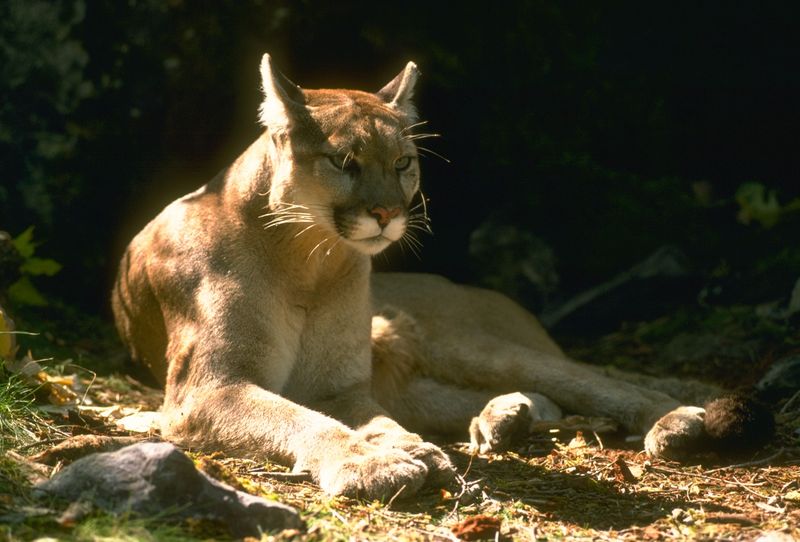
California hosts a significant number of mountain lions, commonly referred to as panthers. These agile predators are frequent inhabitants of the state’s mountainous and forested regions.
The diverse habitats, from coastal ranges to the Sierra Nevada, provide a rich environment for their survival. In California, these cats are protected, and hunting them is illegal, aiding their population growth.
Mountain lions play a crucial role in maintaining the balance of the ecosystem by controlling deer populations, preventing overgrazing and promoting vegetation health.
Colorado
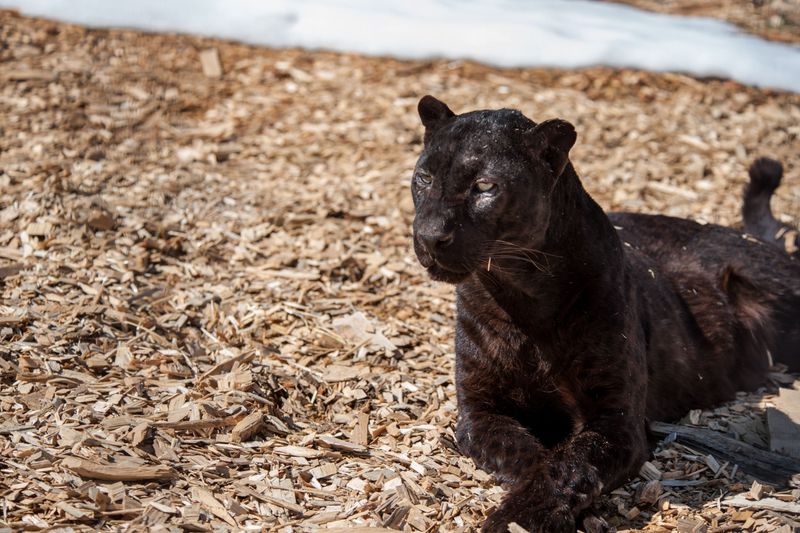
Colorado’s vast wilderness supports a healthy population of cougars. These big cats are often found in the mountainous regions, where they hunt and thrive.
The state’s dedication to preserving natural landscapes ensures that cougars continue to have the space they need to survive. Sightings are common in places like the Rocky Mountains.
Colorado’s wildlife management programs focus on research, education, and conflict mitigation to ensure both human and cougar populations can coexist peacefully, reducing incidents of predation on livestock.
Oregon

Oregon’s lush forests and rugged terrain make it an ideal habitat for cougars. These elusive creatures are well-adapted to the state’s varied landscapes.
From coastal regions to the Cascade Mountains, cougars in Oregon have an abundance of prey and cover. Their presence is crucial for maintaining the ecological balance within these forests.
Conservation efforts in Oregon include habitat restoration and public awareness campaigns, emphasizing the significance of coexistence with these apex predators.
Arizona

In Arizona, pumas are a common sight in the state’s diverse habitats, from desert canyons to forested mountains. Their adaptability is key to their survival in this varied environment.
These big cats are essential for controlling prey populations, such as deer, which helps maintain ecological balance. Sightings often occur in areas like the Grand Canyon and the Sonoran Desert.
Arizona’s conservation initiatives focus on monitoring puma populations and promoting safe wildlife corridors to reduce human-wildlife conflicts and ensure their continued presence.
Washington
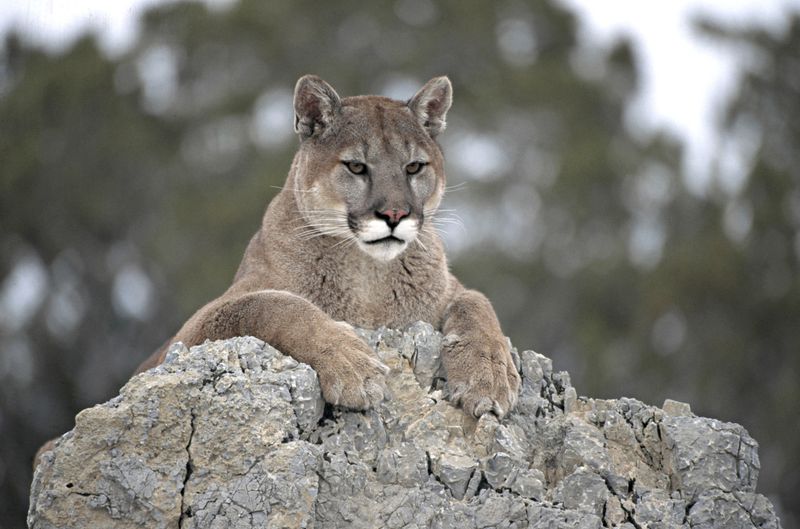
Washington provides a rich habitat for cougars, thanks to its dense forests and mountainous regions. These big cats are well-suited to the state’s lush environments.
The Olympic and Cascade ranges offer ideal conditions for cougars to hunt and find shelter. Their presence is integral to the health of these ecosystems, as they regulate prey populations.
Efforts to protect cougars in Washington include public education and research programs aimed at understanding their behavior and reducing human-wildlife conflicts effectively.
Montana

Montana’s expansive wilderness areas are home to a substantial population of mountain lions. These solitary predators thrive in the state’s varied landscapes.
Mountain lions in Montana are typically found in forested regions and rocky outcrops, where they can hunt effectively. The state’s commitment to conservation ensures these big cats have the space needed to roam.
Management strategies focus on maintaining healthy ecosystems and promoting coexistence through education and community engagement, reducing potential conflicts with humans.
Georgia
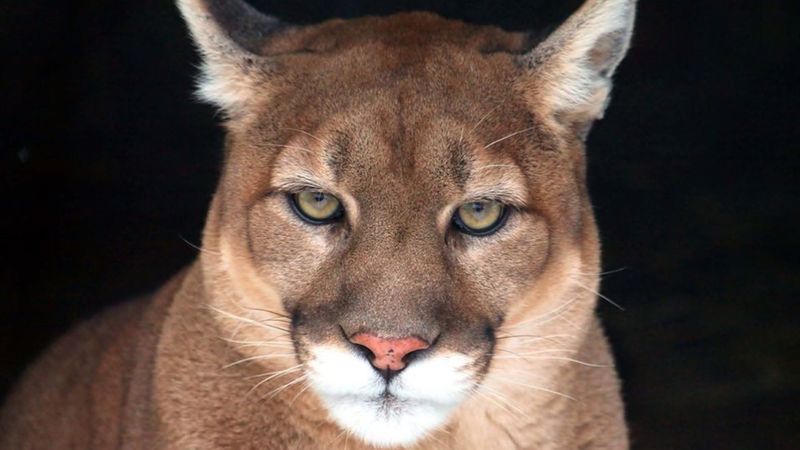
In Georgia, panthers, though more elusive, are part of the state’s rich biodiversity. These big cats primarily inhabit forested areas and swamps in the southern regions.
While sightings are rare, their presence is essential for controlling prey populations and maintaining ecological balance. Conservation efforts in Georgia focus on habitat protection and preserving wildlife corridors.
Public awareness campaigns emphasize the importance of these predators in the ecosystem and encourage practices that minimize human-wildlife conflicts, fostering coexistence.
North Carolina

North Carolina’s mountainous and forested landscapes provide an ideal habitat for cougars. These agile predators are adapted to the varied environments of the state.
The Appalachian Mountains offer ample opportunities for cougars to hunt and evade detection. Sightings are rare but essential for understanding their distribution and behavior.
Efforts in North Carolina focus on monitoring populations and preserving habitats, ensuring that these magnificent animals remain a part of the region’s biodiversity for generations.
New Mexico
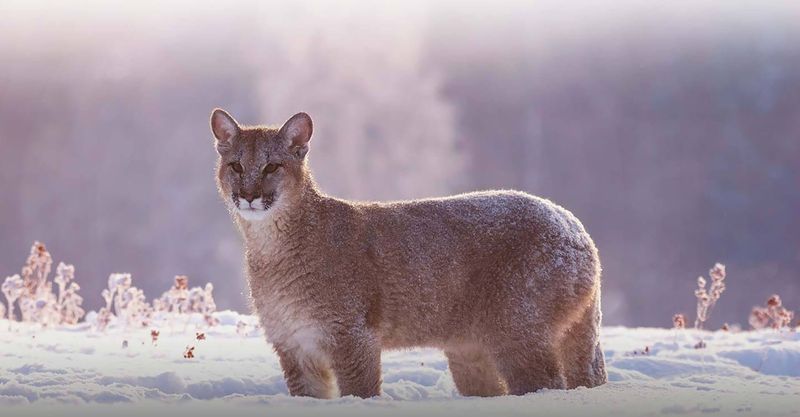
New Mexico’s diverse terrain, from desert plains to mountainous regions, supports a thriving cougar population. These predators play a vital role in the ecosystem by managing prey species.
Cougars in New Mexico are often found in areas like the Gila National Forest, where they have ample space to roam. Conservation initiatives focus on habitat connectivity and public education.
By promoting understanding and reducing conflicts, New Mexico aims to maintain healthy cougar populations, supporting ecological balance across the state.
Utah
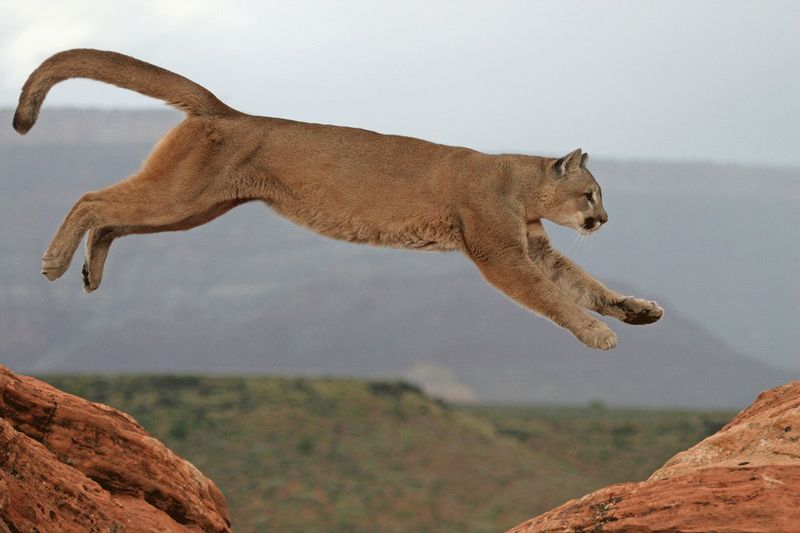
Utah is home to a healthy population of pumas, especially in its national parks and protected areas. These big cats are crucial in maintaining the balance of local ecosystems.
Their presence in areas such as Zion and Bryce Canyon National Parks helps control prey populations, ensuring vegetation health and diversity.
Utah’s wildlife management programs focus on monitoring puma populations and fostering coexistence through public education, highlighting the importance of these predators in the natural landscape.
Nevada
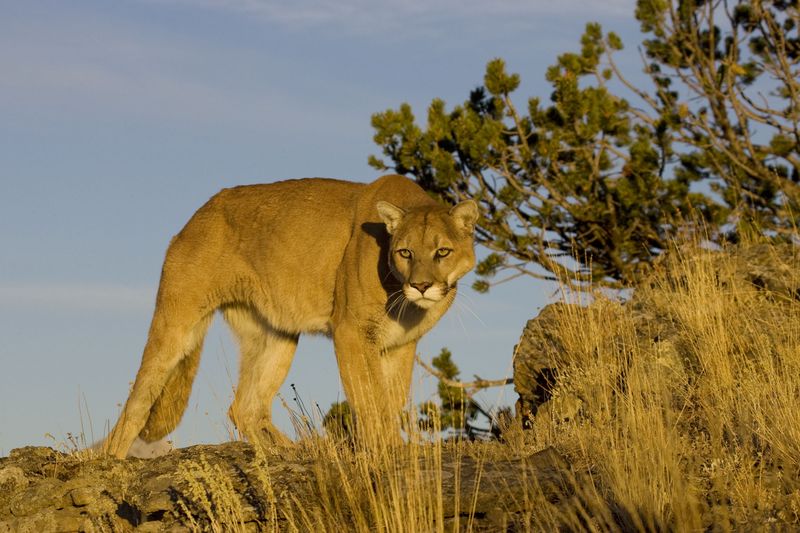
Nevada’s vast desert landscapes and mountainous regions provide suitable habitats for cougars. These solitary predators are adept hunters, thriving in the state’s rugged terrain.
Sightings are common in places like the Sierra Nevada, where cougars contribute to the balance of the ecosystem by regulating prey populations.
Conservation efforts in Nevada emphasize habitat preservation and reducing human-wildlife conflicts, ensuring that these magnificent animals continue to thrive in their natural environment.
South Dakota
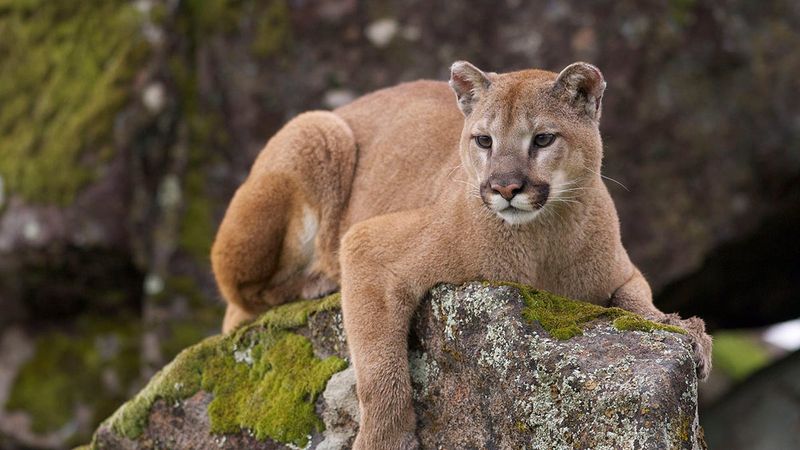
South Dakota, with its diverse landscapes, supports a sizeable mountain lion population. These big cats are often found in areas like the Black Hills.
Mountain lions in South Dakota play a critical role in controlling deer populations, preventing overgrazing. The state’s management strategies include monitoring populations and promoting coexistence.
Efforts also focus on public education, highlighting the importance of these predators in maintaining the health and diversity of the ecosystem.
Idaho
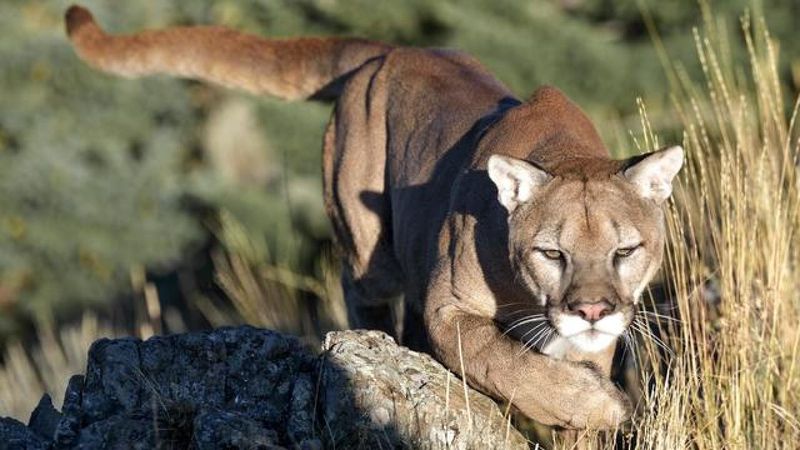
Idaho’s dense forests and mountainous terrain make it a favorable habitat for cougars. These elusive predators thrive in the state’s rich natural landscapes.
Cougars in Idaho are crucial for maintaining ecosystem balance, as they help control prey populations such as deer. Their presence is often noted in remote wilderness areas.
Conservation efforts focus on research and education, aiming to reduce conflicts between humans and cougars and promote understanding of their ecological role.
Wyoming
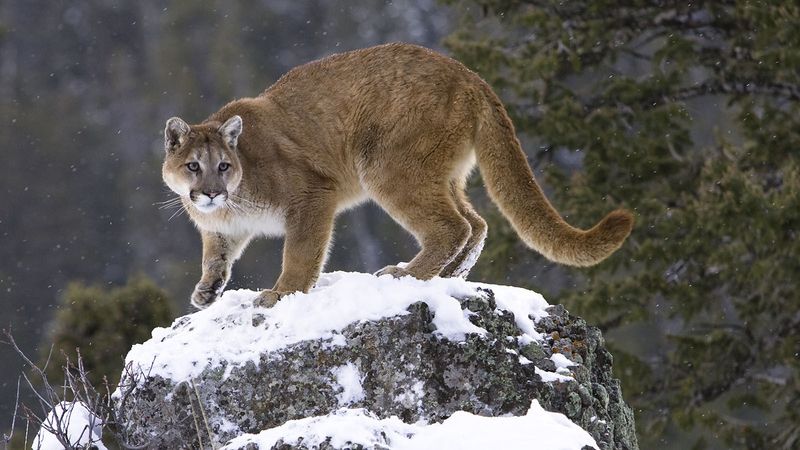
Wyoming’s expansive wilderness provides an ideal environment for mountain lions. These agile predators are well-adapted to the state’s varied landscapes.
In Wyoming, mountain lions are typically found in remote areas, where they play a vital role in controlling prey populations. Their presence is integral to maintaining ecological balance.
The state’s conservation strategies focus on research, education, and habitat preservation, ensuring that mountain lions can continue to thrive alongside human populations.

